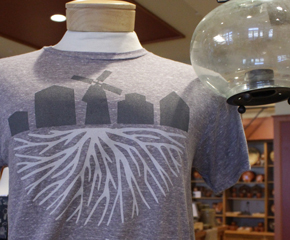Walking Doll, 1872-1890
Add to SetSummary
Toy makers have long experimented with ways that toys could simulate human and other real-life action. Different mechanisms could motivate dolls, engines, cars, boats, and other novelty toys. The mechanism on the two-wheeled vehicle powers the walking doll and turns the wheels around, causing the figure of the boy to rock slightly and the bell to ring.
Toy makers have long experimented with ways that toys could simulate human and other real-life action. Different mechanisms could motivate dolls, engines, cars, boats, and other novelty toys. The mechanism on the two-wheeled vehicle powers the walking doll and turns the wheels around, causing the figure of the boy to rock slightly and the bell to ring.
Artifact
Mechanical doll
Date Made
1872-1890
Creators
Place of Creation
United States, Connecticut, Cromwell
Creator Notes
Patented designs by William Goodwin and George Brown
Location
Not on exhibit to the public.
Object ID
58.100.9
Credit
From the Collections of The Henry Ford.
Material
Metal
Papier mâché
Wood (Plant material)
Iron (Metal)
Tin (Metal)
Muslin
Brass (Alloy)
Color
Black (Color)
Blue
White (Color)
Red
Gray (Color)
Dimensions
Height: 13.25 in (height includes flag pole)
Width: 4.5 in
Length: 12.5 in
Inscriptions
Previously noted on mechanism, now illegible: PATENT 25, 1870 WM F. GOODWIN 1867 / AUG. 27, 1868





